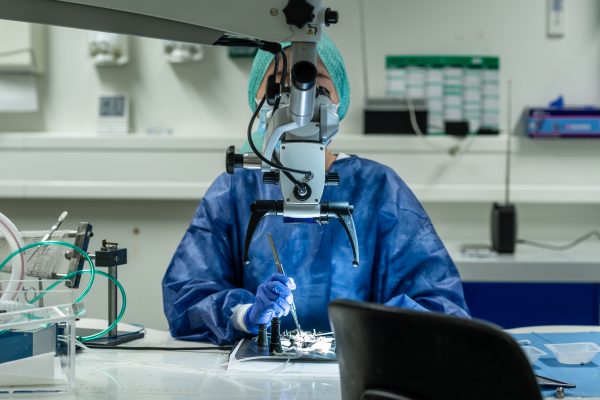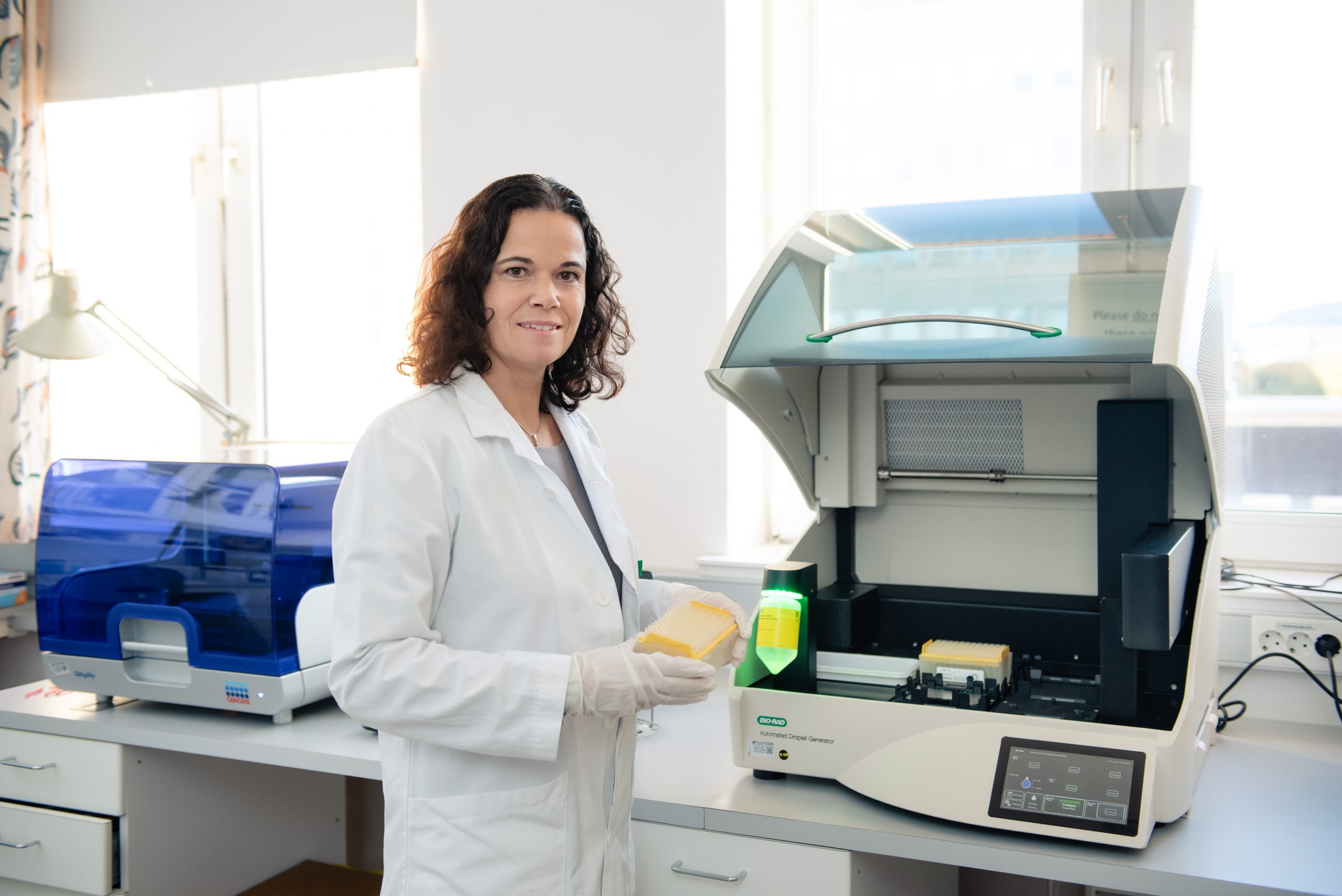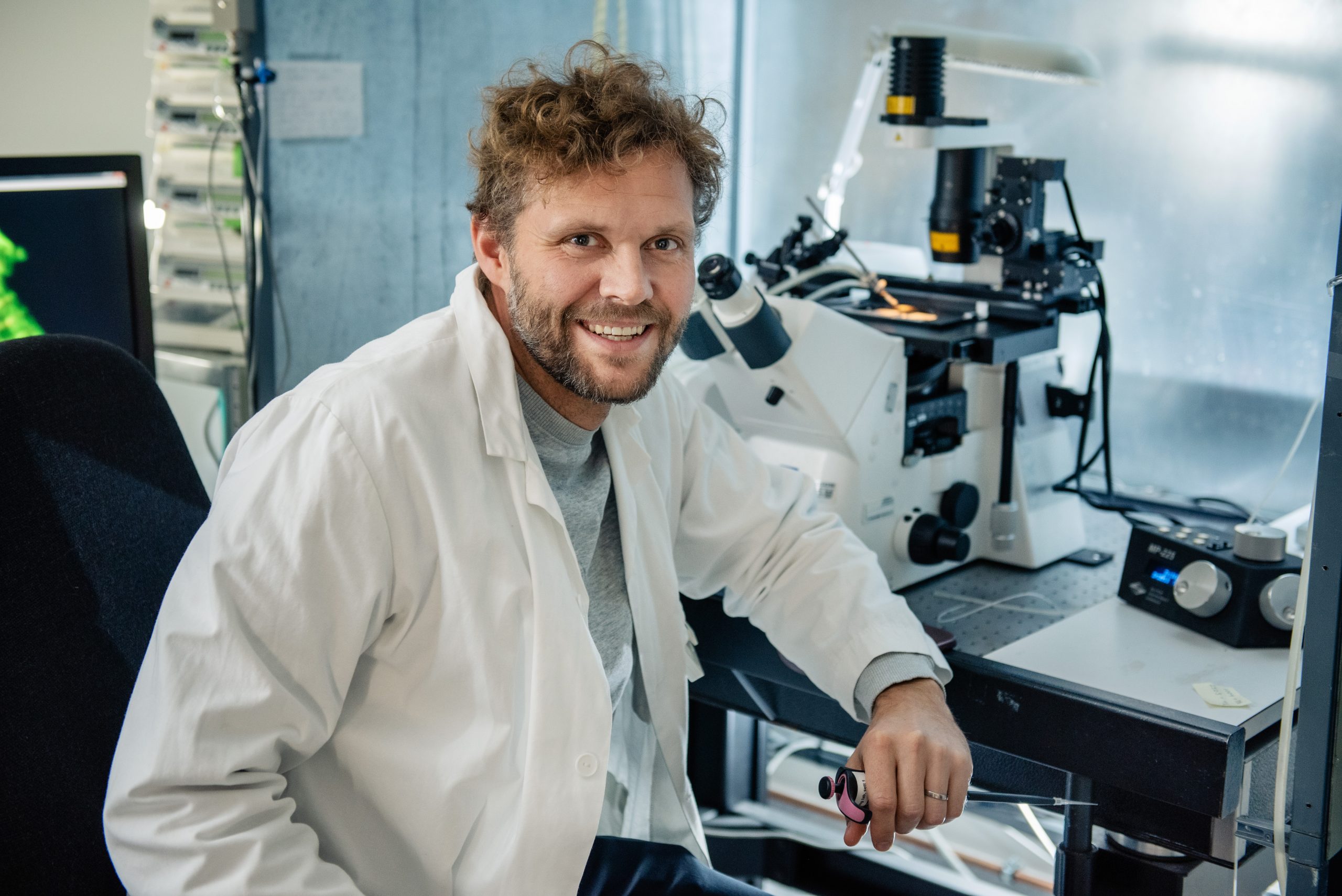Head Engineer
Hege Ugland joined us in 2020 as Head Engineer, after some years in the industry. She works in our Laboratory core facility, which offers methods development and service to our research groups. At IEMR, we focus on using state-of-the-art technologies, and Hege was challenged to establish 3D cell cultures.
What is your field of research or expertise?
Many years ago, I did a PhD in cell cycle regulation, and worked with lymphoid cells and stem cells.
However, since I joined the institute, the focus has been cardiac research. More specifically, I’m developing a three-dimensional (3D) cell culture model consisting of cardiomyocytes, cardiac fibroblasts and cardiac microvascular endothelial cells. The 3D cell cultures have a more physiologically relevant environment in which the cells are allowed to grow and interact with their environment in all direction. This is in contrast to traditional two-dimensional (2D) cell cultures in which cells are grown in flat monolayers. It has been demonstrated that cell responses in 3D cultures are more similar to in vivo behaviour compared to 2D culture, thus 3D culture systems are better in vitro models. By co-culturing different cell types, these systems will more closely simulate the in vivo tissue niche, including cell-cell interactions, cell-extracellular matrix interactions, as well as extracellular matrix composition and architecture. This method for cell culturing will change the way diseases are studied, and will increase our understanding of human biology. In our cardiac context, these cultures allow us, in a more relevant context, to pursue the cellular mechanisms we are interested in.
Why did you first become interested in research?
I was introduced to research during my Master’s degree and enjoyed it very much. I have always liked problem solving.
What scientific paper has made you the most excited?
I do not have any favorite paper, but I like scientific breakthroughs, such as the discovery that key regulators of the cell cycle also have other important functions in the cell, besides cell cycle regulation.
What are your goals for the near future?
At IEMF, the multidisciplinary environment makes it possible to not only establish the methods, but actually use them to solve key research questions. My goal is to contribute to the high standard and quality of our laboratory core facility, providing the researcher the opportunity to do cutting-edge research.
What is the best thing about working at IEMR?
All the nice and competent colleagues.



